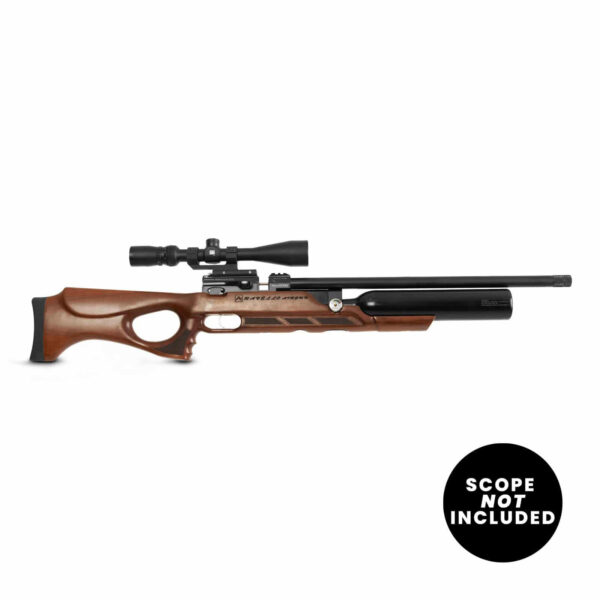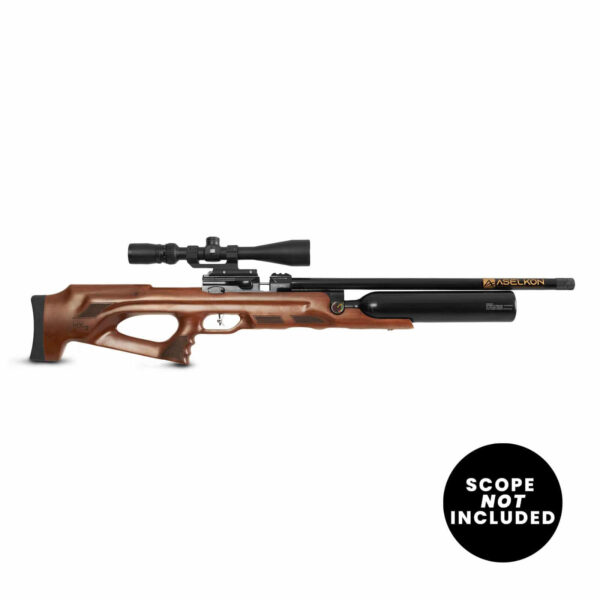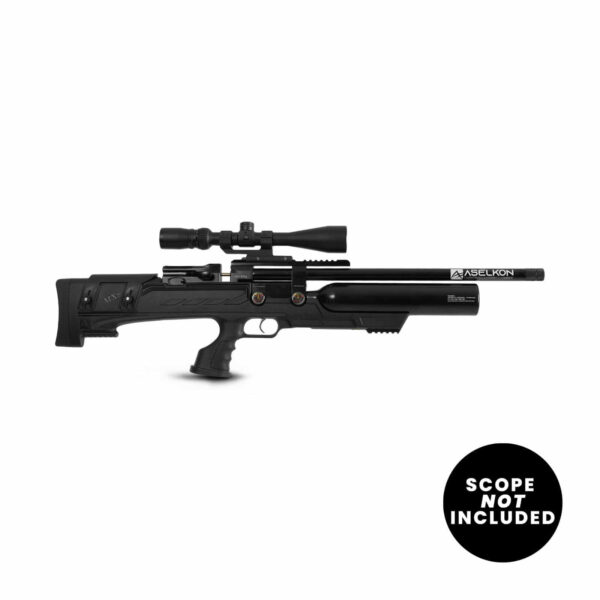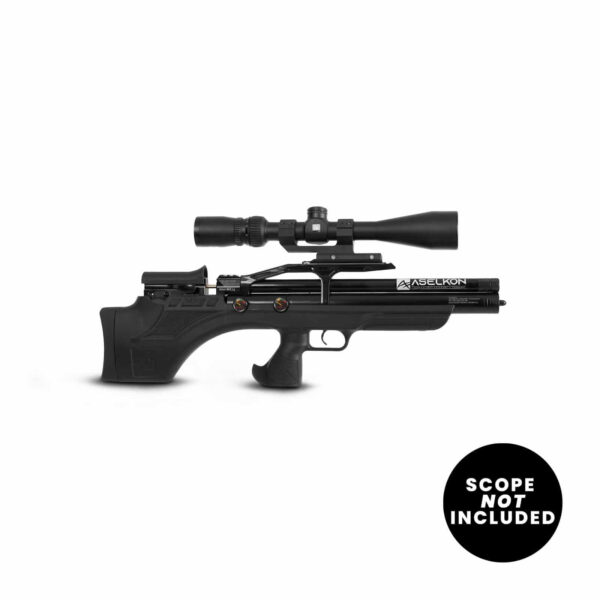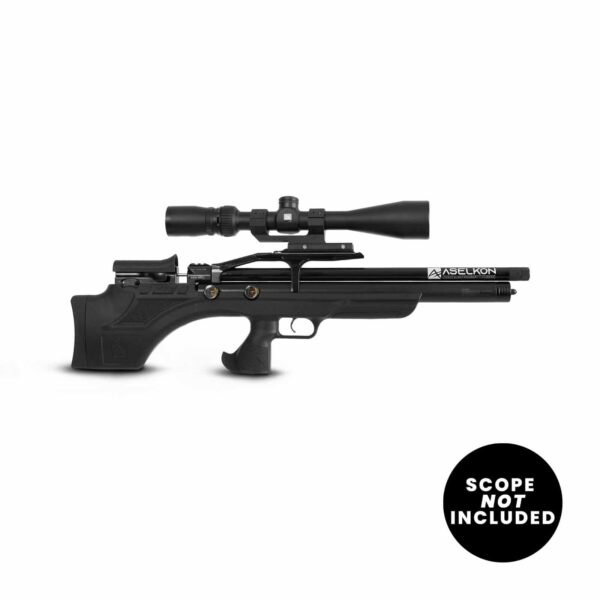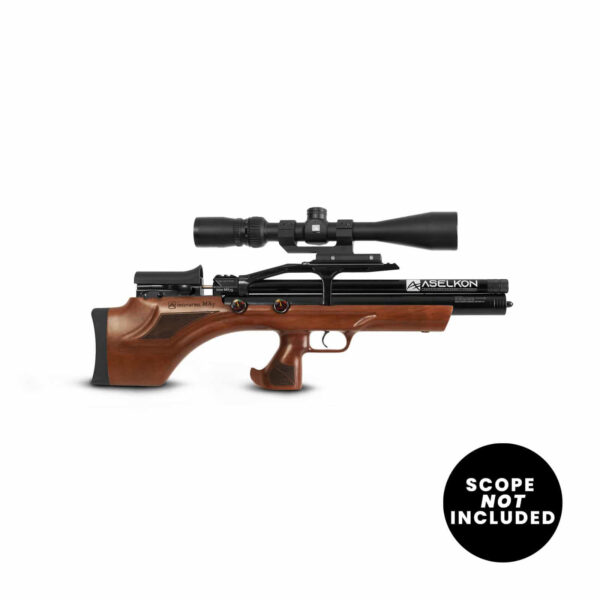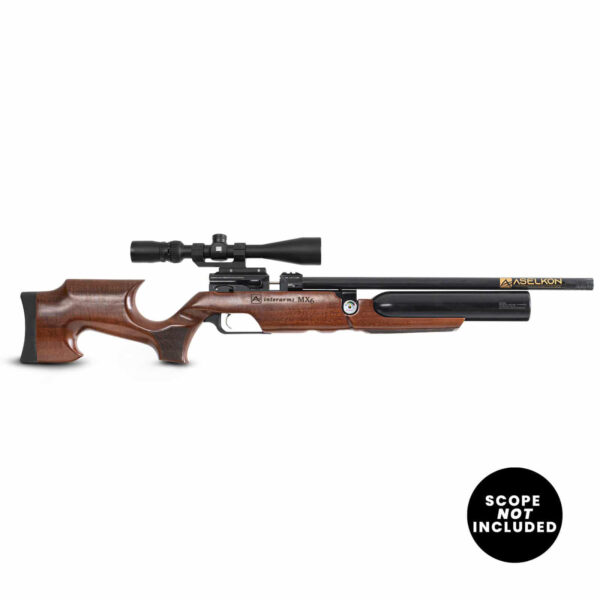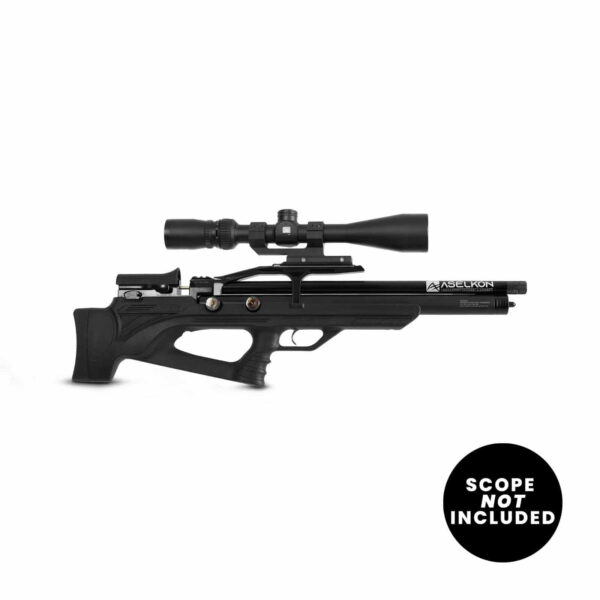Choosing the right shooting target type can make or break your training session. Whether you’re zeroing in a new optic, practicing for a competition, or just spending a weekend at the range, the target you use shapes how effectively you can track accuracy, improve precision, and have fun.
We know every shooter’s setup is different. That’s why understanding the pros and cons of each target type (paper, reactive, and steel) is key to getting the most from your air rifle or firearm practice.
What Are the Main Types of Shooting Targets?
Most shooters use one of three core target types: paper bullseyes, reactive spinners, or steel targets. Each serves a purpose, from beginner sight-in practice to advanced marksmanship drills.
1. Paper Bullseye Targets
Paper targets are the classic choice for precision shooting and zeroing scopes. They’re affordable, easy to replace, and perfect for tight grouping analysis.
Best for:
- New shooters refining trigger control
- Target shooting with PCP or CO₂ air rifles
- Zeroing optics or scopes
Pros:
- Highly visible scoring rings
- Easy to store and transport
- Low cost per session
Cons:
- No instant feedback; you need to walk up or use optics to verify hits
- Can tear in windy or damp conditions
Pro Tip: Mount your paper target on a sturdy backstop to prevent flutter. Pair it with Airfire Tactical’s premium pellets and optics for reliable grouping tests.
2. Reactive Spinners and Self-Resetting Targets
Reactive targets move, spin, or fall when hit, giving you immediate feedback without needing to pause your session. They add excitement and realism to air-gun shooting, especially for those training dynamic aim or follow-through.
Best for:
- Mid-level shooters looking for visual confirmation
- Plinking practice or friendly competitions
- Maintaining engagement during longer sessions
Pros:
- No need to manually reset
- Reinforces reflex shooting and accuracy
- More durable than paper
Cons:
- Limited to certain calibers and impact energies
- Can be harder to read from long distances
Pro Tip: If you’re using a pre-charged pneumatic (PCP) rifle, ensure your spinner is rated for your muzzle energy. Airfire Tactical’s gear guides can help you choose the right match between your air rifle and target durability.
3. Steel Targets
Steel targets are built for repeated impact, offering that satisfying “ping” with every hit. These are ideal for high-power air rifles or firearm crossover training.
Best for:
- Experienced shooters
- Training scenarios with measurable distance
- Practicing timed drills or competitive shooting
Pros:
- Audible feedback confirms hits
- Lasts thousands of rounds with proper care
- Works well for multiple calibers
Cons:
- Heavier and less portable
- Must be properly angled for safety
- Requires maintenance to avoid pitting
Pro Tip: Always use lead pellets or frangible ammo to prevent ricochet. Steel targets should be set at least 10 yards away for air rifles and further for firearms.
How to Choose the Right Target for Your Setup
When deciding between paper, reactive, or steel targets, think about your goals, environment, and equipment.
|
Goal |
Best Target Type |
Why |
|
Accuracy training |
Paper bullseye | Tracks groupings and sight adjustments |
| Quick reflex and fun plinking | Reactive spinner | Immediate feedback keeps sessions engaging. |
| Advanced drills and endurance | Steel |
Durable and ideal for realistic shooting practice |
Environment also plays a role. Paper is great indoors, while reactive and steel targets shine outdoors with enough space and safe backstops.
If you’re shooting with a PCP rifle, check that your target’s impact rating matches your rifle’s power output. Not all targets are designed for the same foot-pound energy levels, so it’s worth consulting Airfire Tactical’s expert guides before buying.
Why Target Choice Matters for Skill Development
Your choice of target affects how you learn and improve.
- Paper targets build discipline and precision.
- Reactive targets improve timing and visual coordination.
- Steel targets develop consistency under pressure.
By rotating through different types, you can train multiple aspects of marksmanship, from aim steadiness to reaction speed, without getting stuck in a single pattern.
Final Thoughts
The best target type depends on what you’re trying to achieve in each session. Beginners might start with paper to refine fundamentals, while seasoned shooters can level up with reactive or steel options for more challenging practice.
Whatever your setup, Airfire Tactical offers everything you need to elevate your experience, from PCP air rifles and pellets to compressors, tanks, and premium shooting accessories. Shop confidently knowing every product is tested and backed by shooter-run support.
Frequently Asked Questions
Are steel targets safe for air rifles?
Yes, as long as the steel is rated for air-gun use and set at a safe angle. Use lead pellets and maintain at least 10 yards of distance.
Can paper targets work for high-powered PCP rifles?
Absolutely, but use thicker paper or adhesive targets to handle higher impact and avoid tearing.
What are reactive targets made of?
They’re often made from steel or polymer materials designed to move, spin, or fall when struck by pellets or bullets.
How do I know which target suits my air rifle power level?
Check your rifle’s muzzle energy rating (in foot-pounds). Airfire Tactical’s expert guides can help match your rifle to compatible targets.
What’s the best target for improving precision?
Paper bullseyes remain the gold standard for measuring shot groupings and improving sight alignment.

